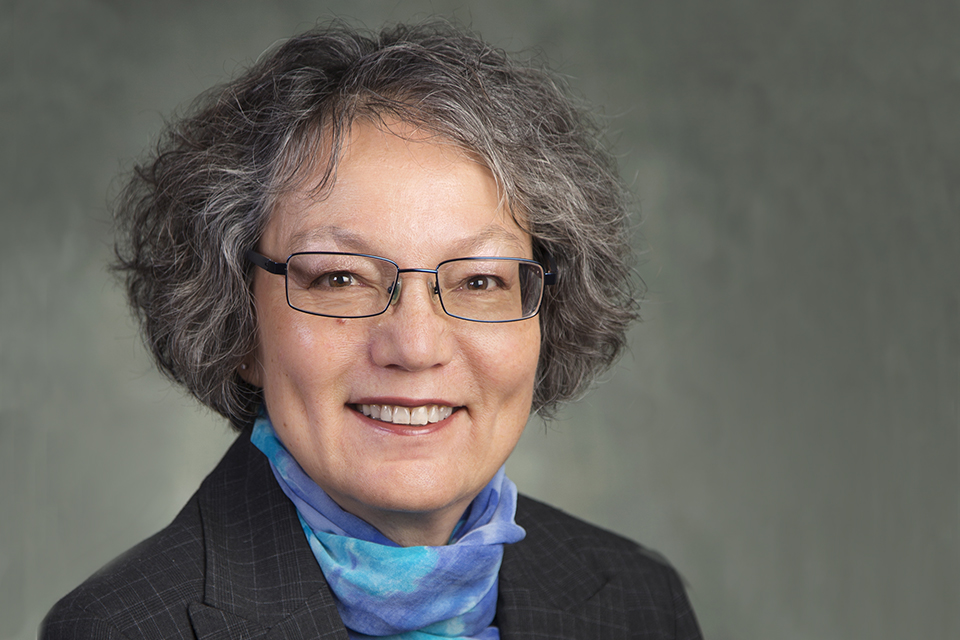Transportation needs of an aging population: report
- Suzanne Ahearne

Long lineups, poor signage and garbled announcements over a loudspeaker can be a nuisance for any traveller. But for older adults, they can present significant roadblocks in their journey, whether taking a cross-country trip by train, or a bus ride to visit family.
These are some of the findings in “Older Canadians on the Move,” a new report by an expert panel chaired by Neena Chappell, professor emeritus (sociology) at UVic’s Institute on Aging and Lifelong Health.
Released by the Council of Canadian Academies, the report addresses key obstacles faced by today’s older travellers and explores innovative and technological solutions for adapting Canada’s transportation system to meet future needs.
“Adapting Canada’s transportation system for older travellers will benefit people of all age ranges and abilities,” says Chappell. “While we are often compelled to investigate the latest and greatest technological solutions to make travel obstacle-free for older adults, solutions need not always be costly, new, or flashy. Sometimes the best solutions are simple and already exist.”
The report points out that increased customer service personnel, inclusivity training, designated lineups, and ample seating in stations and terminals are some simple initiatives that could have a significant impact. New technologies or innovative adaptations such as flat-plate baggage claim devices and apps that support wayfinding are also explored as options for improving the travel experience.
Demand for an inclusive transportation system that meets the unique and varied needs of this growing demographic is only going to increase. Currently, one in six people in Canada is 65 or older. That number is expected to climb to one in four by 2036.
The entire report is built on the premise of the door-through-door journey, drawing on the concept of a multimodal and national system that considers how older travellers in Canada will navigate their journey, from planning the trip to arriving at their chosen destination. The panel identified three pathways to help facilitate door-through-door journeys for older adults and improve the inclusivity of the Canadian transportation system: advancing human and social resources; advancing technology and infrastructure; and advancing policy.
Chappell says she hopes the reports’ recommended guidelines make their way quickly into regulations. The goal, she adds, is to work toward solutions in a collaborative way with various levels of government, industry, not-for-profits, service providers and users—including older adults.
In the video below, Neena Chappell provides highlights from the report:
Photos
In this story
Keywords: aging, sociology, health, Institute on Aging and Lifelong Health, research
People: Neena Chappell





